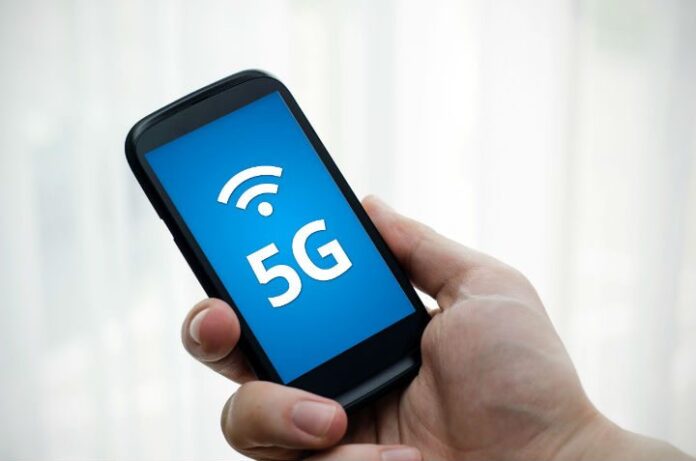Ericsson, Duetsche Telekom, China Mobile and others eye the future
As carriers continue the research and development that will inform the next generation of 5G mobile networks, Deutsche Telekom recently announced its new innovation lab, the “5G haus.”
Germany-based DT has partnered with the Stanford University’s SoftRAN Inivitative, German Research Center for Artificial Intelligence, University of Kaiserslutern and start-up firms including Kumu Networks and Moogsoft on the effort.
“The 5G haus will allow us, in cooperation with leading partners, to develop the architecture, to foster innovation and to steer standardization work,” said Bruno Jacobfeuerborn, DT’s CTO and chairman of the Next Generation Mobile Nextworks Alliance Board, in a statement. “The lab will also provide a platform to engage with our customers at a very early stage of 5G development.”
Company reps said the goal is to develop 5G “from a holistic, customer-oriented perspective.”
At the recent Mobile World Congress 2015 event, the NGMN rolled out its 5G White Paper, which included input from 24 operators.
“The publication was an important first step in the overall 5G development process. The industry must now work together to deliver a global communications standard and related products that allow first commercial deployments by 2020,” Jacobfeuerborn said.
Phil Tee, CEO of Moogsoft, said 5G is “one of the multiple technology transformations in this new era that is forcing mobile operators to revamp how they detect and remediate complex system problems.”
Although there’s no firm consensus on what a 5G standard will entail, specifically how it will differ from current LTE networks, many researchers have highlighted the centrality of using existing spectrum more efficiently, accessing new higher-frequency spectrum and continued densification of metro networks.
Ericsson and carrier SK Telecom are planning the first 5G demo during the 2018 Winter Olympics in Pyeongchang, South Korea.
Planned aspects of that future deployment include an emphasis on small cell, FDD/TDD convergence and gigabyte-level throughput.

